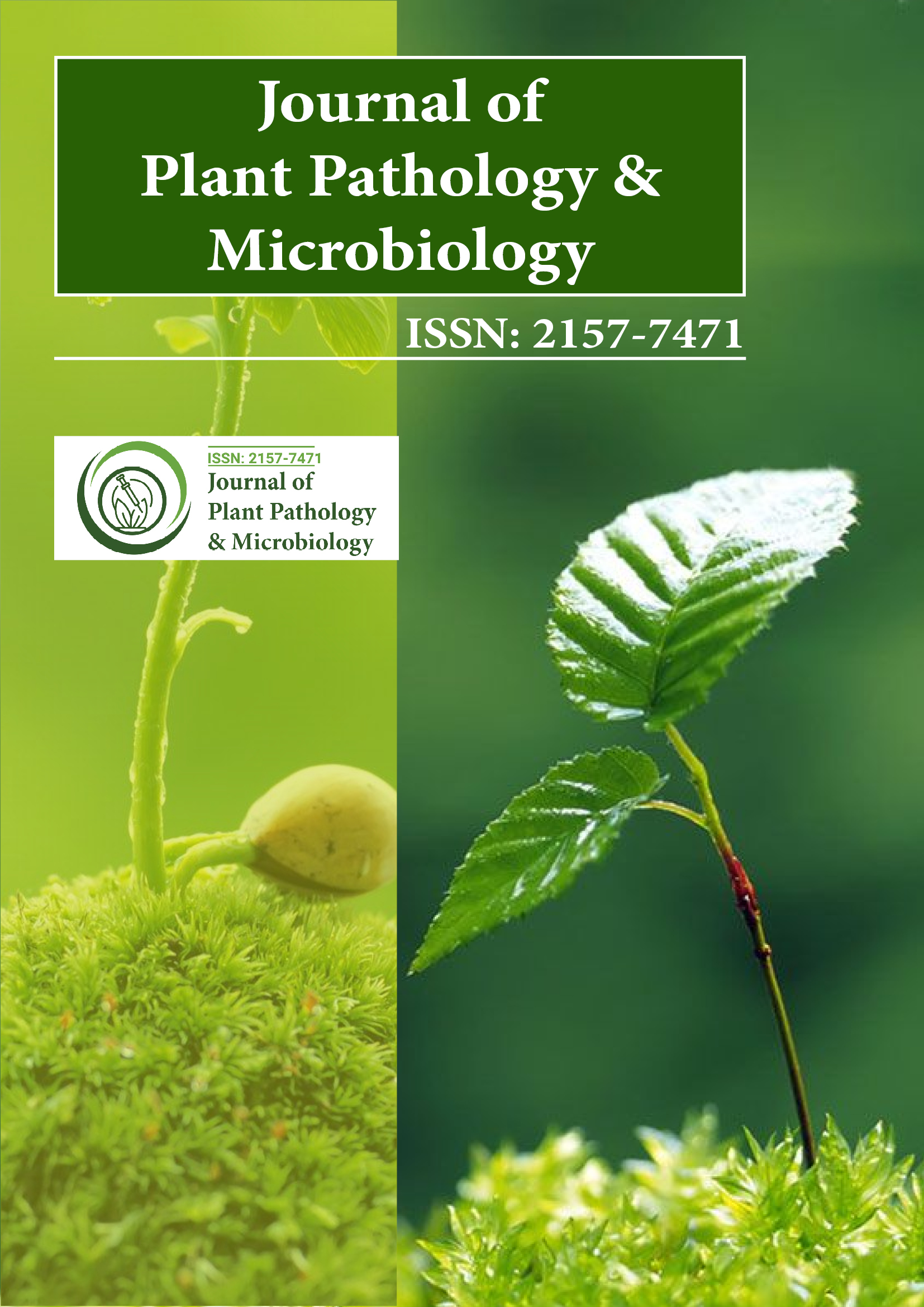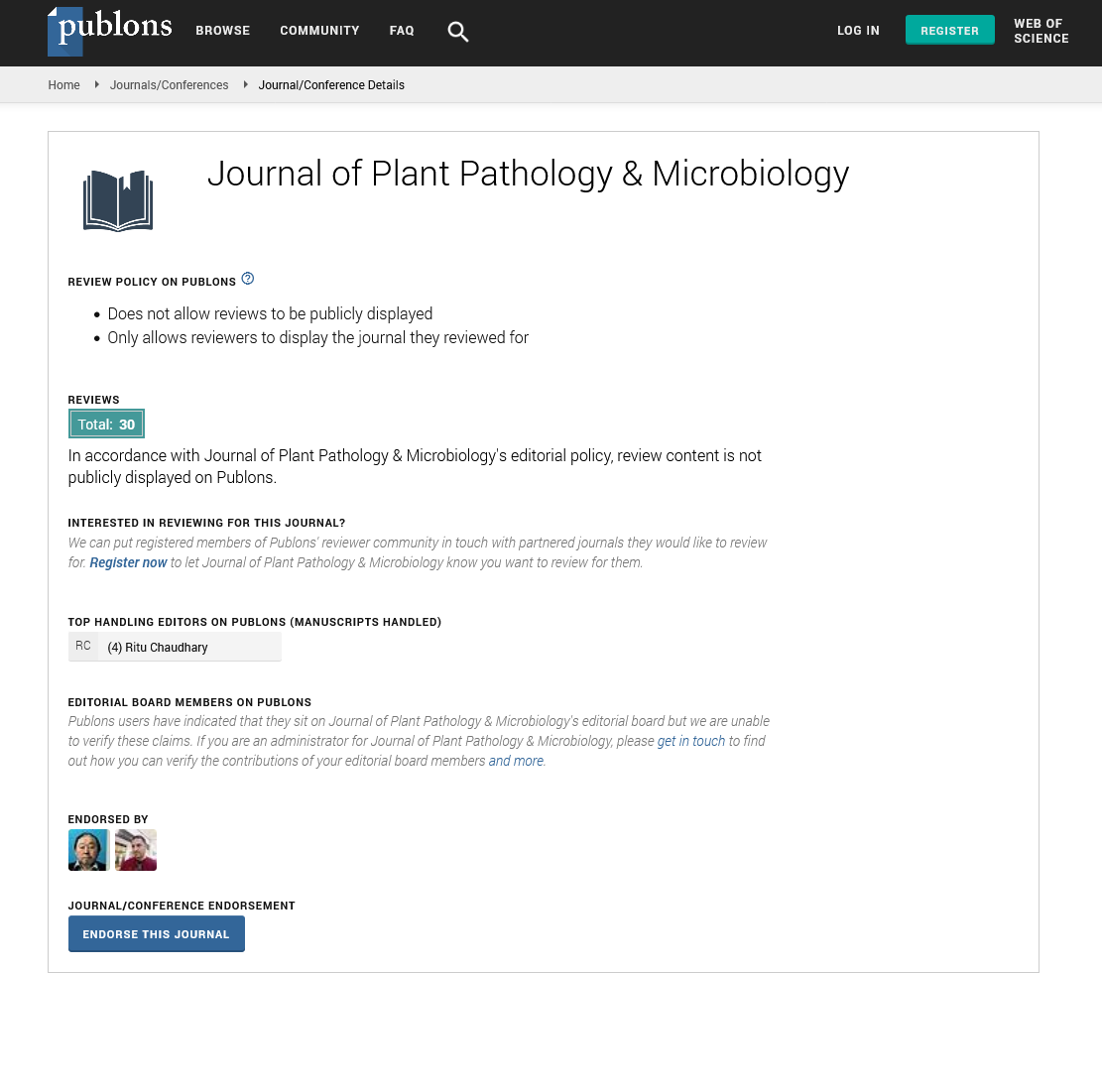Indexed In
- Open J Gate
- Genamics JournalSeek
- Academic Keys
- JournalTOCs
- CiteFactor
- Ulrich's Periodicals Directory
- Access to Global Online Research in Agriculture (AGORA)
- Electronic Journals Library
- Centre for Agriculture and Biosciences International (CABI)
- RefSeek
- Directory of Research Journal Indexing (DRJI)
- Hamdard University
- EBSCO A-Z
- OCLC- WorldCat
- Scholarsteer
- SWB online catalog
- Virtual Library of Biology (vifabio)
- Publons
- Geneva Foundation for Medical Education and Research
- Euro Pub
- Google Scholar
Useful Links
Share This Page
Journal Flyer

Open Access Journals
- Agri and Aquaculture
- Biochemistry
- Bioinformatics & Systems Biology
- Business & Management
- Chemistry
- Clinical Sciences
- Engineering
- Food & Nutrition
- General Science
- Genetics & Molecular Biology
- Immunology & Microbiology
- Medical Sciences
- Neuroscience & Psychology
- Nursing & Health Care
- Pharmaceutical Sciences
Opinion Article - (2023) Volume 15, Issue 3
Control of Agrochemical Practices on the Evolution of Pathogenic Fungi
Marcus Rayton*Received: 30-Aug-2024, Manuscript No. JPPM-24-28217; Editor assigned: 02-Sep-2024, Pre QC No. JPPM-24-28217 (PQ); Reviewed: 16-Sep-2024, QC No. JPPM-24-28217; Revised: 23-Sep-2024, Manuscript No. JPPM-24-28217 (R); Published: 30-Sep-2024, DOI: 10.35248/2157-7471.24.15.728
Abstract
Description
Agrochemical practices have long been used in agriculture to protect crops from pest’s weeds and diseases. While these chemicals such as fungicides herbicides and insecticides are effective in controlling unwanted organisms their widespread and often excessive use has unintended consequences particularly in relation to the evolution of pathogenic fungi. The repeated use of agrochemicals can lead to the development of resistance in fungi making them more difficult to control and ultimately threatening crop yields and food security.
Fungi are a significant group of plant pathogens that cause a wide range of diseases including leaf spots blights wilts and root rots. Fungicides are commonly used to control fungal infections in agriculture but the long-term reliance on these chemicals can drive the evolution of resistance in fungal populations. Resistance occurs when a fungal population accumulates mutations that enable it to survive exposure to a fungicide that would normally kill or inhibit its growth. Over time these resistant strains become more prevalent rendering the fungicide less effective and leading to the need for higher doses or the development of new chemicals.
One of the primary ways agrochemical practices influence the evolution of pathogenic fungi is through selective pressure. When fungicides are used repeatedly they create an environment where only the fungi that are naturally resistant to the chemical can survive. These resistant fungi reproduce and pass their resistance traits to their offspring leading to an increase in the frequency of resistance in the population. As resistant strains become more common the overall effectiveness of the fungicide decreases and the fungi may evolve additional mechanisms to further evade control measures. This cycle of resistance development can result in fungicides losing their efficacy over time creating a need for new chemicals or alternative control strategies.
The development of fungicide resistance is particularly concerning because many fungicides target specific biological processes in fungi. For example some fungicides inhibit the synthesis of ergosterol a vital component of fungal cell membranes. Fungi that possess mutations in the target site of the fungicide may be able to continue growing despite its presence. Other fungi may develop mechanisms to pump the fungicide out of their cells or break it down before it can cause damage. These adaptations make it more difficult to control fungal diseases using the same chemicals leading to an increased reliance on a narrow range of fungicides or the use of higher concentrations which can be costly and environmentally damaging.
Another factor contributing to the evolution of resistance is the overuse of fungicides. In some agricultural systems fungicides are applied preventively or on a regular schedule even when fungal infections are not yet present. This practice increases the exposure of fungal populations to the chemicals raising the chances that resistant individuals will survive and reproduce. In addition the use of fungicides in combination with other agrochemicals such as herbicides and insecticides can further accelerate resistance development. The selection pressure from multiple chemicals acting on different aspects of fungal biology can drive the evolution of cross-resistance where fungi become resistant to several chemicals at once complicating control efforts.
Fungicide resistance not only threatens crop protection but also has economic consequences for farmers. As resistance spreads farmers may need to invest in more expensive fungicides or adopt more complex and labor-intensive management strategies. These strategies may include the use of multiple fungicides with different modes of action or the adoption of Integrated Pest Management practices that combine chemical treatments with biological controls crop rotation and cultural practices. However these approaches can be costly and may not always be effective in the long term if resistance continues to evolve.
Citation: Rayton M (2024). Control of Agrochemical Practices on the Evolution of Pathogenic Fungi. J Plant Pathol Microbiol. 15:728.
Copyright: © 2024 Rayton M. This is an open access article distributed under the terms of the Creative Commons Attribution License, which permits unrestricted use, distribution, and reproduction in any medium, provided the original author and source are credited.

